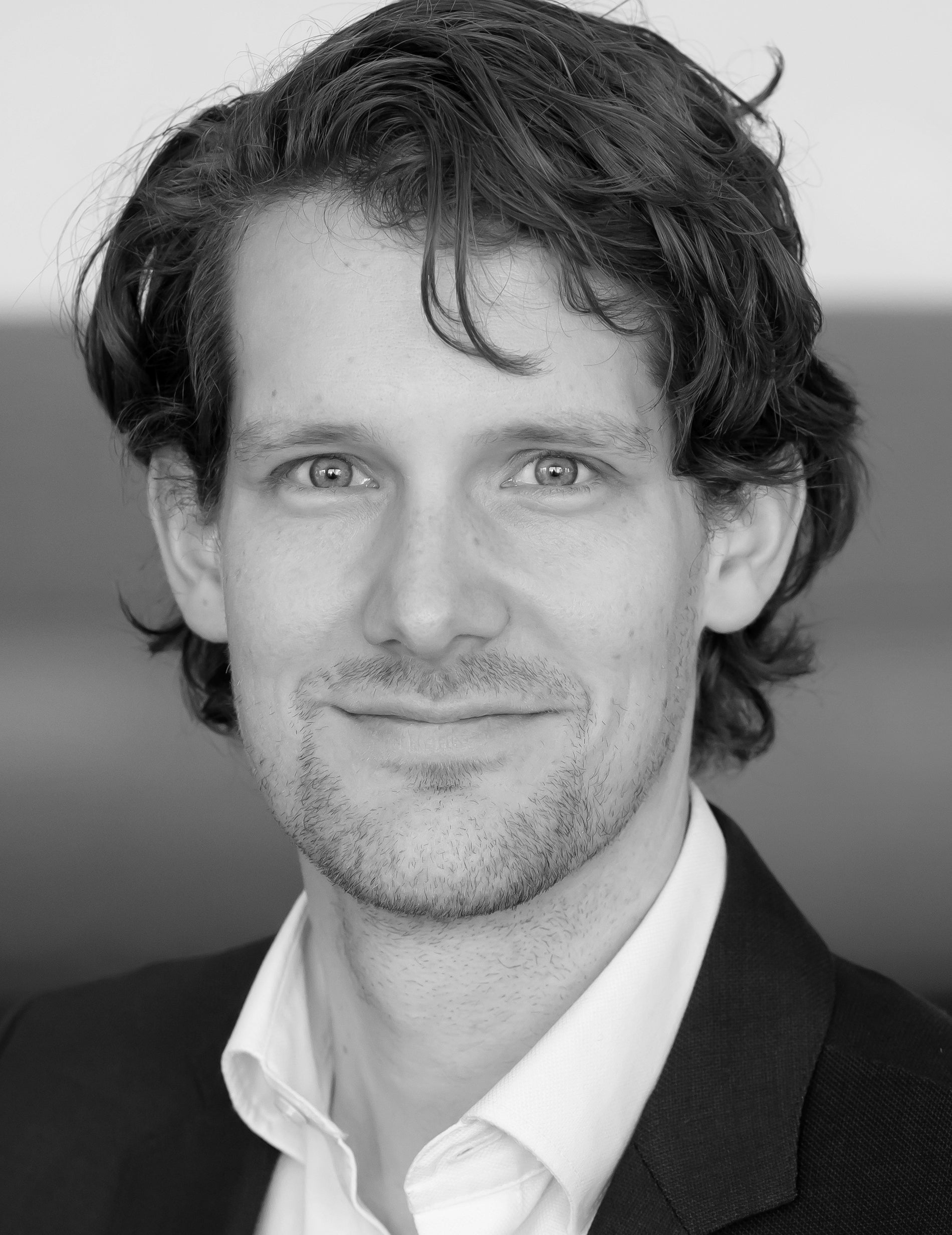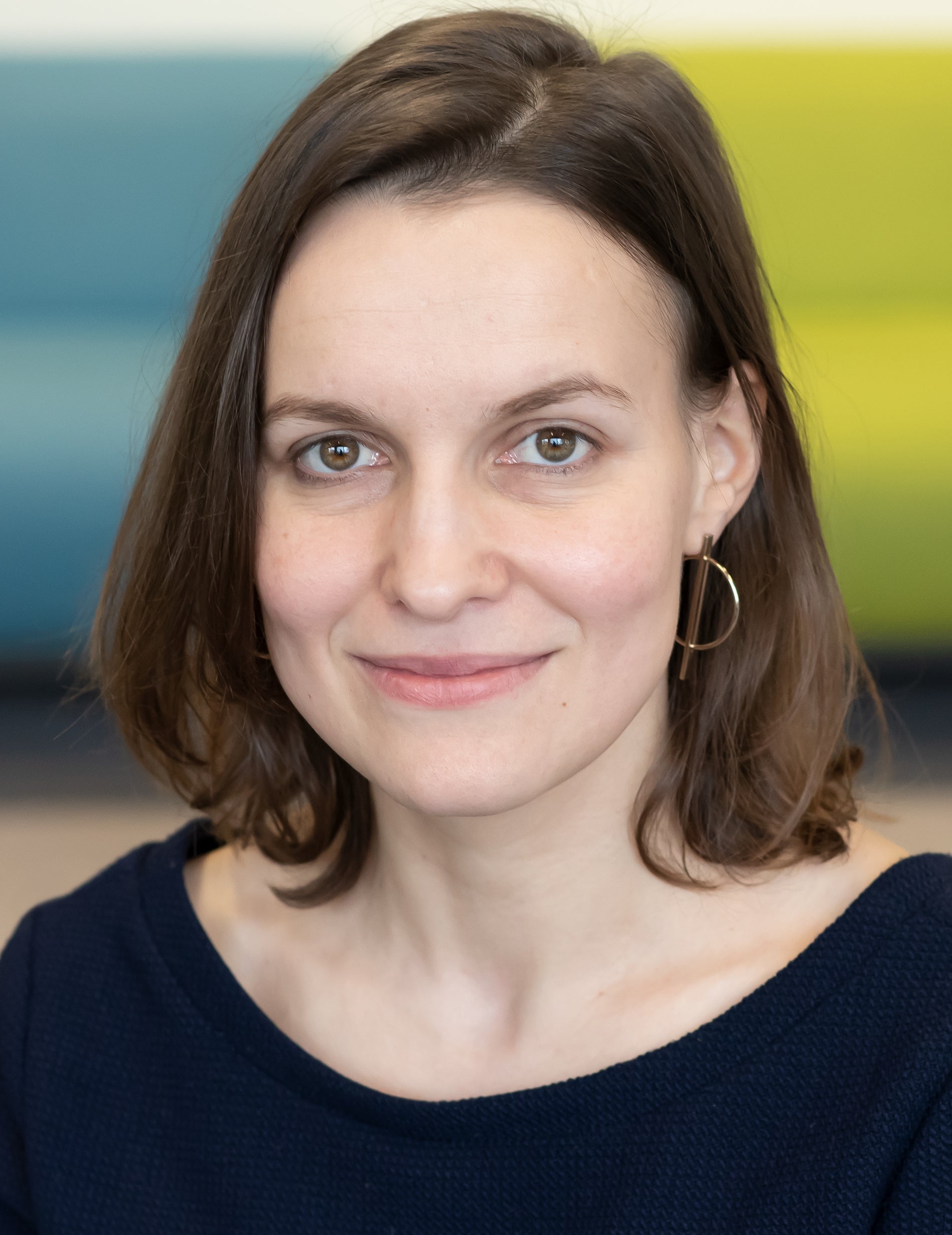Thursday morning 12 October, ten o’clock sharp the artist collective Semiconductor, Ruth German and Joe Gerhardt, showed up in the digital meeting space common.garden. They appeared on a big screen in an eggshape (see photo), since they’re based in London. Moderator Lena Karvovskaya, community manager RDM & Open Science, sat on one of the book-benches in the gallery together with the audience.
Data as material for art
Semiconductor views data not as a mere tool, but as a fundamental material for their art. In projects like Spectral Constellations they used astronomical data to create unique rhythms and light patterns. “We are not illustrating the scientific information. We are crafting data and we are creating something new,” Joe said firmly. Their approach involves close collaboration with scientific projects. Ruth: “Accessibility means scientists opening themselves up to us, we spend time with scientists – beyond ‘ordinary' scientific communication.” During these residencies Semiconductor tries to reshape and visualize complex and abstract scientific data. Take their project 20Hz, in which data of Earth’s magnetic field from CARISMA (Canadian Array for Real-time Investigations of Magnetic Activity) is reused. Via 3D manipulation techniques Semiconductor created audio and animations, born directly from the data.
Different storytelling in art and science
A key distinction is highlighted between storytelling in art and science. While science adheres to conventions, artists enjoy the freedom to delve into specific examples, leaving space for audience imagination. Semiconductor did a project in 2006 in collaboration with NASA and the Gotthard Space Centre wherein scientist showed them research pictures of the Sun. NASA always cleaned up and colored the pictures before publishing. Though Ruth and Joe used the raw data, noisy black and white images, to create their installation Brilliant Noise.
Risks of art based on science
The dialogue addresses the risks associated with using scientific data for art, particularly the potential for viewers to misinterpret artistic representation as scientific information. The video Brilliant Noise went viral, and Semiconductor discussed to put a trigger warning: “this is art not science,” in the video. They decided not to, since NASA was not the sender or the owner of the video. The work of Semiconductor draws a clear line between art and science. Ruth: “How can something that artists create be scientifically useful? Our work distinguishes art from science.” Ruth and Joe play with scientific gear and joke around with scientists, they make art but don’t aim to integrate their findings in scientific output.
Stretching the use of science
Science and art are distinct disciplines and could mutually benefit from each other. Open and reusable scientific knowledge could serve as source for groundbreaking art, transcending the confines of the academic environment. Thereby, while Semiconductor makes a clear distinction between art and science, at VU Amsterdam there is a growing interest for integrating art practices like art-based learning in scientific education.
Stay tuned with the VU ART SCIENCE gallery for more exploration of the relation between art and science.



